What is yoshta and how to grow it?
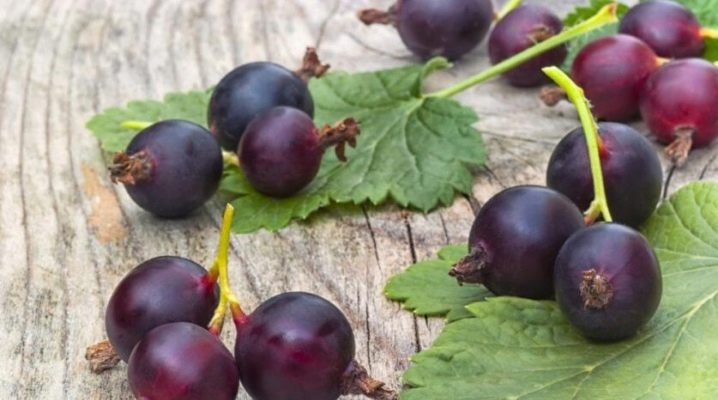
Gardeners began to grow yoshta in their plots not so long ago. In a short time, this shrub managed to earn popularity due to its unpretentiousness and good yield.
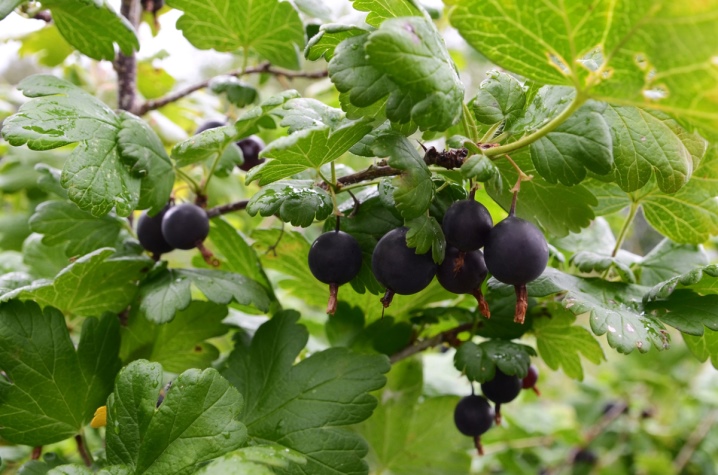
Description
Yoshta is a hybrid of black currant and regular gooseberry. The plant is a shrub. It is distinguished by its low height and strong root system. Yoshta has strong shoots. There are no thorns on them. Yoshta's foliage is dark green. Outwardly, it looks like currant foliage. At the same time, the sheets do not have a persistent odor. They remain on the shoots for a long time, not dropping until the very winter.
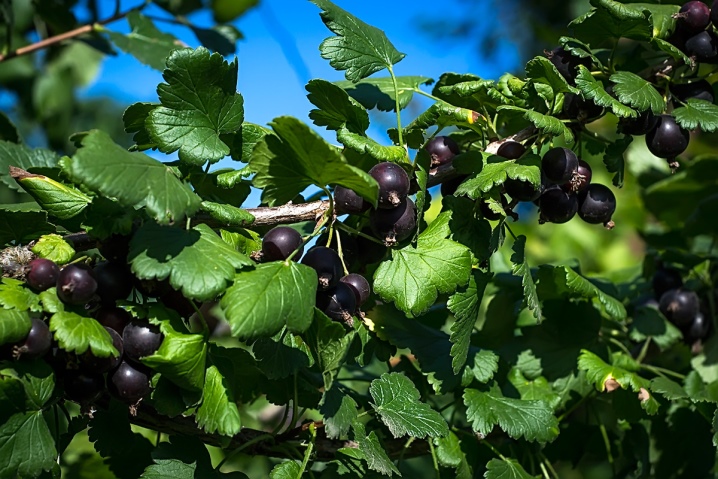
Yoshta blooms at about the same time as regular black currant. During flowering, the shrub looks very beautiful. After flowering, berries appear on the bush. Their taste is sweet and sour, the color is dark. Yoshta bears fruit for the second year after planting.
History of appearance
The plant, which is called yoshta, was bred relatively recently. At the beginning of the last century, breeders decided to cross gooseberries with regular currants. The hybrid plant had to be unique. It was planned to make it high-yielding and resistant to negative environmental influences.
Breeders from several countries were engaged in breeding. But they did not manage to get a strong and well-bearing plant. Crossed bushes were either sterile or died.
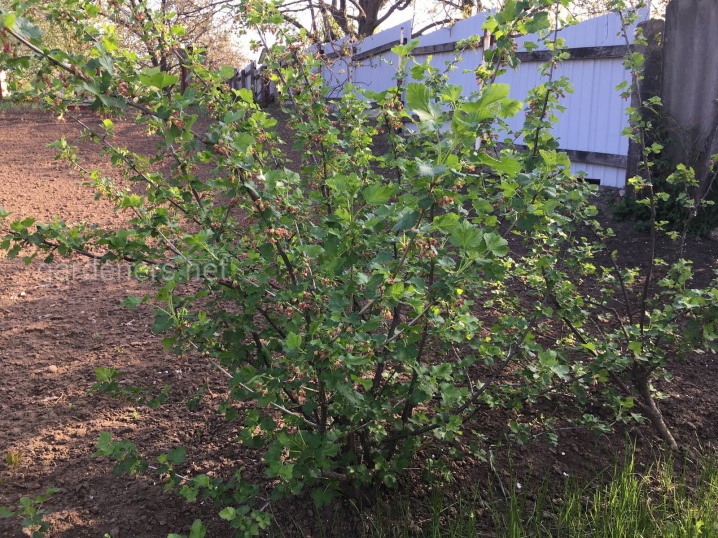
The breeders managed to achieve results only in the 70s of the last century. The gooseberry-currant hybrid was named yoshta. This name was chosen for a reason. The breeder simply added the first two syllables of the German names for these two plant species.
Since then, yoshta began to appear in many gardens, gradually attracting the attention of summer residents.
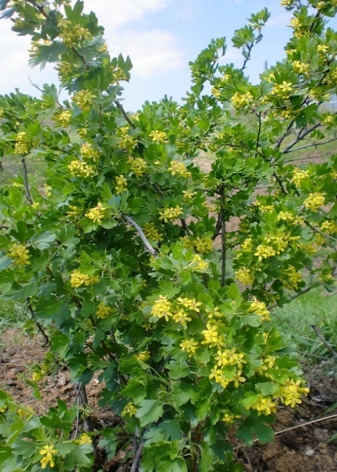

Varieties
Now there are several varieties of such a plant. The most popular among gardeners are the types of yoshta listed below.
- EMB. This variety was developed in Britain. Its main feature is that it is resistant to almost all dangerous diseases and pests. Such shrubs bloom in the middle of spring. Their yield is high, but the berries ripen not at the same time.
- "Crown". Swedish breeders were engaged in the breeding of this variety of yoshta. The shrub has an average yield. Its fruits are not very large, but tasty. Ripe berries remain on tree branches for a long time.
- "Rext". This is a Russian shrub variety with excellent frost resistance. Its leaves look like gooseberry foliage. The berries are quite small, but very tasty. The plant is not afraid of all the most common diseases.
- Yohini. This variety is considered one of the most productive. Its fruits are very sweet. They can be consumed immediately after harvest, or used to make delicious jams.
- Moro. This is one of the tallest shrubs. The plant bears fruit well. Its berries are large and dark. They have a very strong smell.

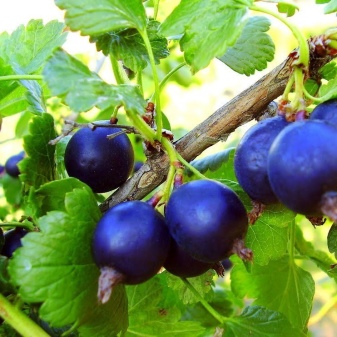
All these varieties are perfect both for the Moscow region and for the colder regions of the country. They can also be used for grafting on currants.
Advantages and disadvantages
Hybrid shrubs are highly prized by gardeners. They have many advantages over other plants.
- Resistant to many diseases as well as pest attacks.
- Good compatibility with other plants that have been planted in the garden.
- Easy to care for. Shrubs can be used to form hedges. They look beautiful almost all year round.
- Yoshta berries are delicious and healthy. They speed up metabolic processes, relieve intestinal problems. They contain a small amount of sugar. Therefore, even diabetics can eat yoshta berries.
- The fruits can be stored for a long time without losing their pleasant taste. Transporting them from place to place is also very easy.
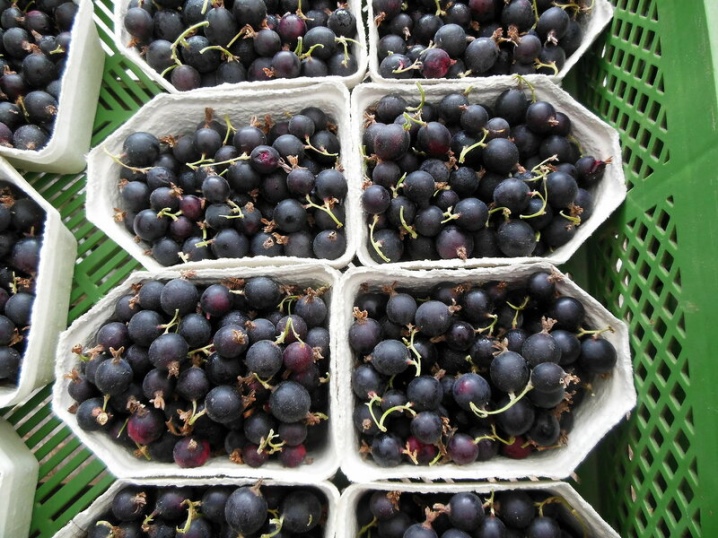
But this shrub has its drawbacks.
First of all, it should be noted that its yield is not as high as that of gooseberries or black currants. In addition, yoshta berries should not be eaten by people with ulcers, colitis or gastritis.
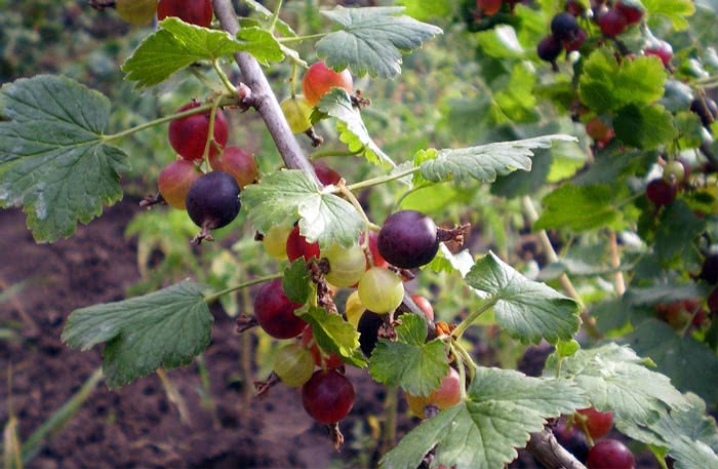
Landing
You can plant yoshta in your garden both in spring and early autumn. In the first case, the disembarkation procedure is carried out before the start of sap flow, in the second - in the first autumn weeks.
Site preparation
Yoshta grows well outdoors. To count on a high yield of the plant, it should be planted on the sunny side of the yard. The landing pit is prepared in advance. If the plant is planned to be planted in the fall, you need to dig a hole in a week and a half. If the yoshta is planted in the spring, the pits must be prepared in the fall.
The hole size should be quite large. The entire root system of the seedlings should be fully placed in it.
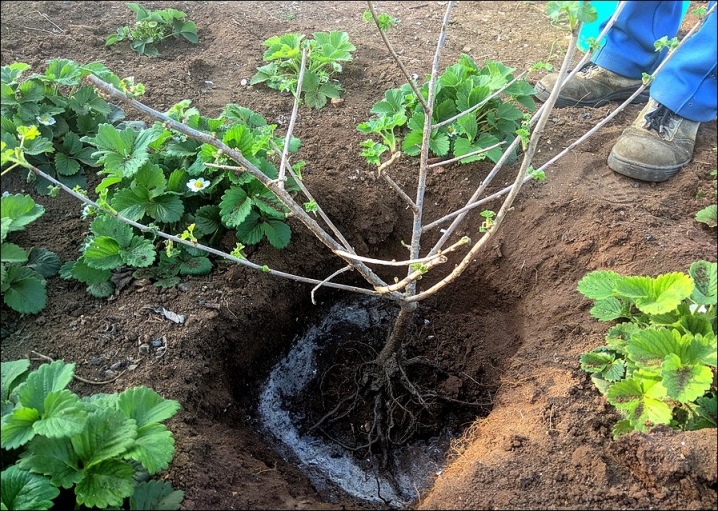
If several plants are planted on one site at once, the distance between them should be within two meters. When planting a hedge, it should be reduced to half a meter.
Fertilizer must be applied immediately to the dug hole. Usually, half a bucket of rotted compost, a glass of wood ash, and 100 grams of superphosphate are placed in one hole. All this is pre-mixed with nutrient soil. After filling the well with such a mixture, 10 liters of water are poured into it.
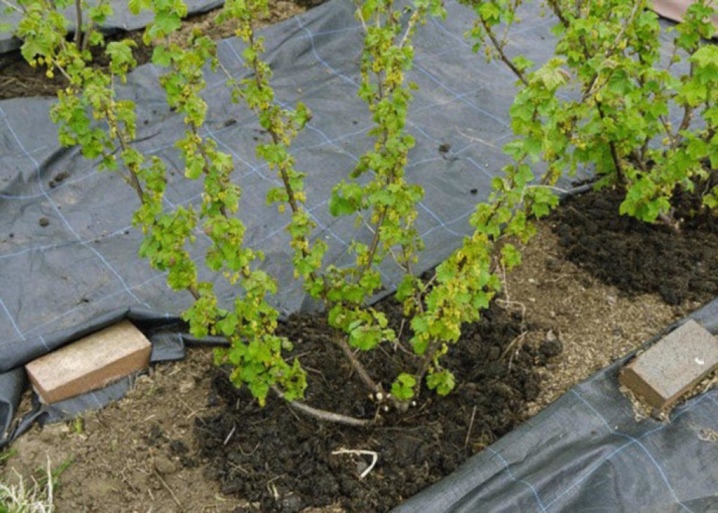
The choice of planting material
In order for yoshta to take root quickly, it is important to carefully consider the choice of planting material. Saplings are best purchased from a trusted nursery. It is important to carefully examine the roots of the plant before purchasing. They should look neat. If the roots seem dry, it is recommended to place them in a container of clean water for a day. If there are traces of rot on the surface of the roots, you must refuse to buy seedlings.
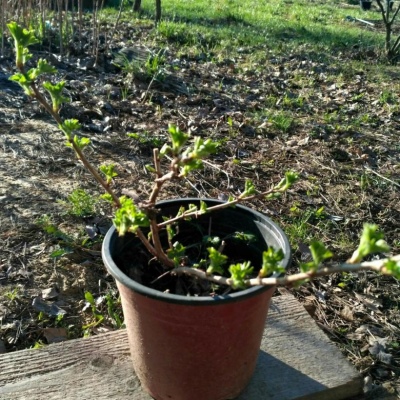
Landing scheme
Having chosen a suitable seedling, you can start planting it. To begin with, the bottom of the pit prepared in advance must be carefully loosened with a rake. Next, pour water into the hole. After waiting for the liquid to be absorbed into the soil, you can start planting the plant.
The seedling is placed directly in the center of the pit. Its roots need to be straightened out. In order for the plant to take root better, it is worth fixing a support nearby. The seedling must be tied to it with a soft twine. After that, the pit should be covered with fertile soil. The earth needs to be lightly tamped, and then watered.
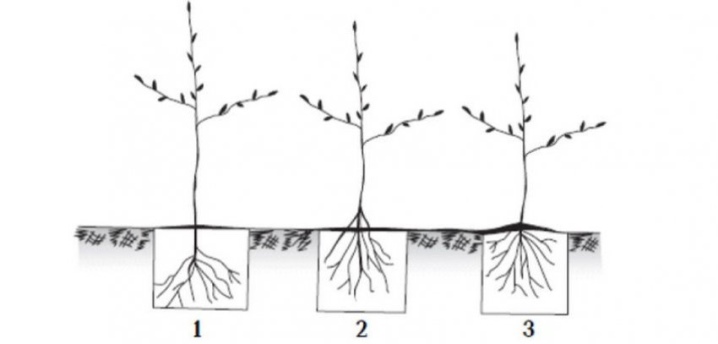
Subtleties of care
In order for the plant to take root better, it must be properly cared for.
Watering
First of all, it is worth remembering that the yoshta must be watered regularly. To do this, be sure to use a sufficient amount of water. If the required amount of moisture is not supplied to the roots of the plant, the yoshta will develop slowly.
It is always necessary to water the bushes at the root. It is advisable to make small grooves in the near-barrel circle. If you pour water into them, it will flow faster to the roots. The best time to water is early morning or late evening.
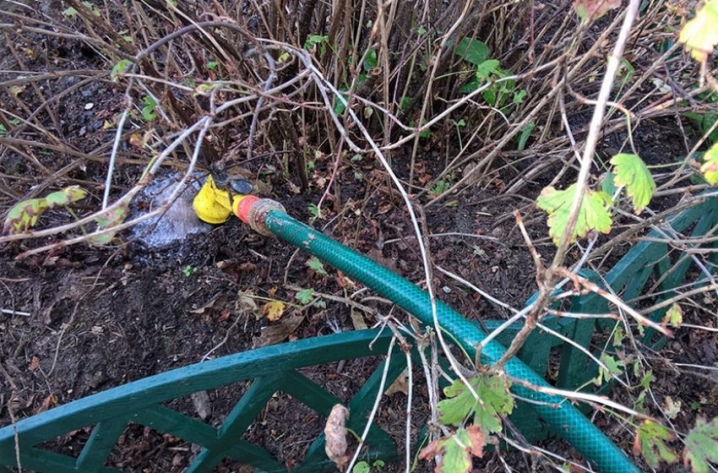
Mulching
To reduce the frequency of watering, as well as to protect the area from weeds, it is recommended to cover the soil with a layer of mulch. For this purpose, it is recommended to use rotted humus.
It is important that the mulch is kept a short distance from the trunk.
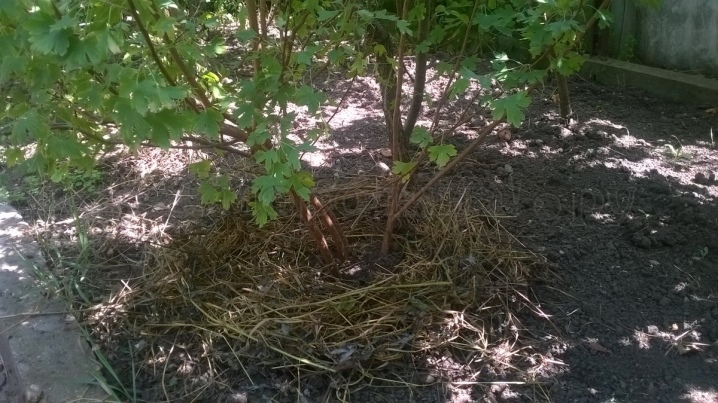
Fertilizer
Experienced gardeners know that yoshta can grow without feeding. But the timely application of fertilizers can increase the yield of the bushes. It is necessary to feed yoshta several times per season.
- In the spring. Immediately after the snow melts, it is recommended to feed the yoshta with urea or saltpeter. These fertilizers contain nitrogen, so they promote the rapid growth of green foliage, as well as the appearance of ovaries on the branches.
- Summer. After the end of flowering, it is recommended to apply potash fertilizers to the soil. For summer, the plants should also be covered with a layer of organic mulch. Plants will receive additional nutrients from it.
- In the autumn. Having finished harvesting, it is recommended to feed the bushes with superphosphate. You can also use rotted humus instead.
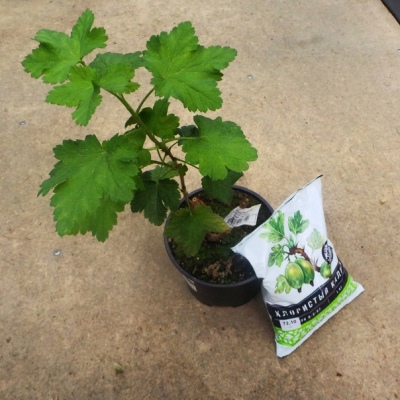
Fertilization is really important for growing yoshta bushes. Therefore, do not ignore timely feeding.
Pruning
Like other plants, yoshta is pruned twice a season. In the spring, the procedure is carried out before the start of sap flow. At this time, all weak and injured shoots are removed from the bush. If necessary, the old branches are shortened.
In autumn, pruning is carried out after all the foliage has fallen from the yoshta. At this time, you need to cut off any infected or injured shoots. This will heal the plant and increase its yield.
Shoots must be cut correctly. This is always done with a sharp pruner. Slices are carefully processed with garden pitch. Even a novice gardener can easily cope with pruning yoshta.
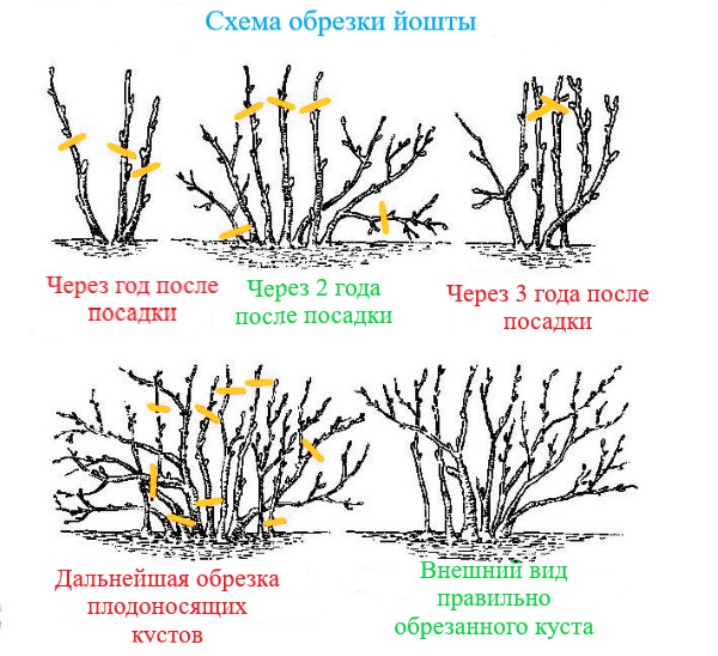
Preparing for winter
Yoshta is a frost-resistant plant. Therefore, if the winters in the region are not too cold, she can survive them without shelter. In areas with a harsher climate, the yoshta must be additionally insulated.
First, the bushes need to be watered with plenty of water. The trunk circle must be covered with a thick layer of sawdust or peat. A few weeks before the first frost, the trunks must be covered with burlap or agrofibre. After the first snow falls, the snowdrifts need to be carefully scooped up to the bottom of the bush. This will protect the roots of the plant from frosty air.
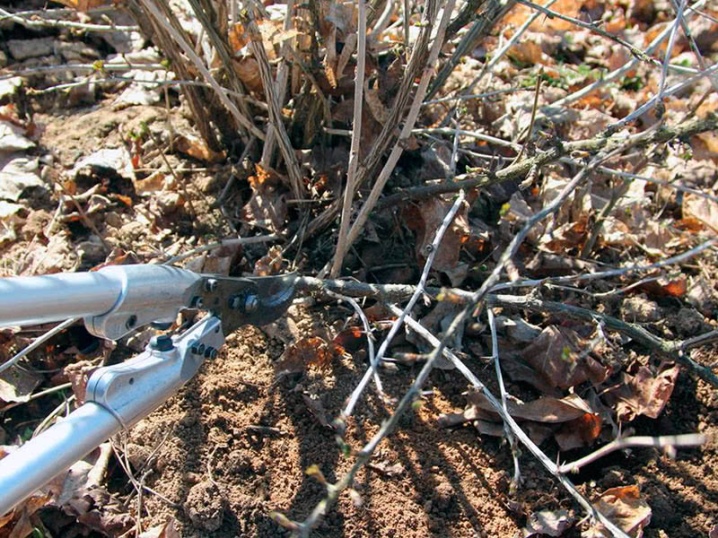
Pest control
In spring and autumn, it is recommended to treat all bushes from pests. For spraying plants, you can use ordinary copper sulfate and Bordeaux liquid.
In the spring, the bushes are processed immediately after the snow melts, in the fall - immediately after the foliage has completely fallen off.

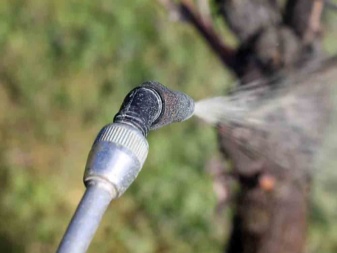
Reproduction methods
Young yoshta, like currants, can be propagated in different ways. Each of them has its own advantages.
Dividing the bush
The bushes can be propagated in this way only in the fall. This is done very simply. The plant is carefully dug out of the soil. The rhizome is cleaned of the earth. Using a shovel or a sharp knife, the bush is divided into equal parts. The slices are immediately sprinkled with crushed charcoal. The treated plant can be immediately transplanted to a place prepared in advance.
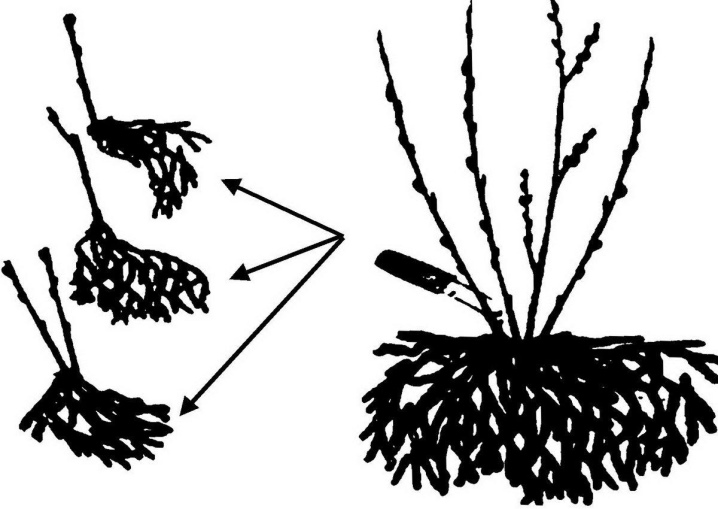
Taps
This breeding method is best for spring. You need to start work after the earth warms up. The grower needs to select one or more healthy branches. They should be on the sunny side of the site.
The selected branch must be carefully bent to the ground. Usually shoots are laid in pre-made grooves. For reliability, the stems are fixed with metal brackets or hooks. After that, the grooves are covered with earth. Next, the site is watered.
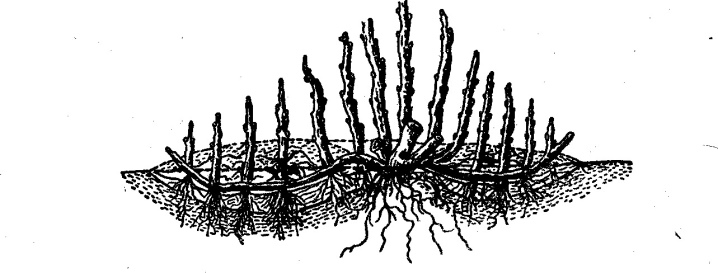
After 10-12 days, a little more earth is poured on top. Taking care of a future seedling in the summer is very simple. It only needs to be watered together with adult bushes. In the fall, the layers must be carefully cut off from a large bush, and then transplanted.
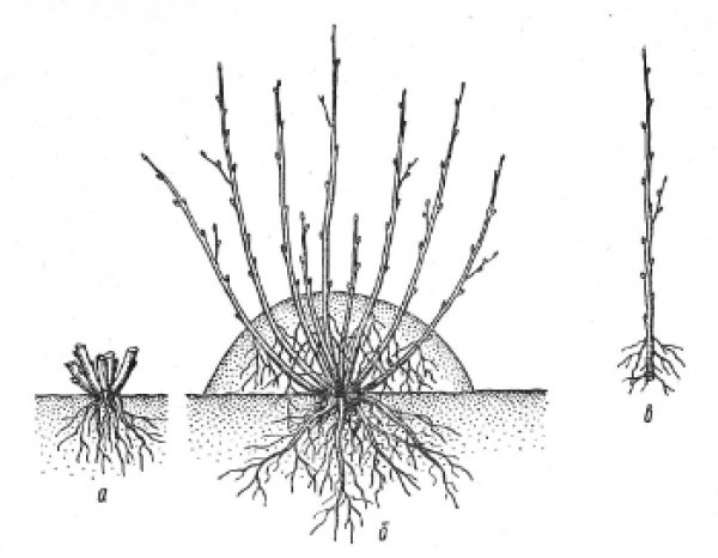
Cuttings
To propagate young yoshta, you need to use partially lignified cuttings. Cut them in the fall. Plants must be completely healthy. Typically, gardeners place cuttings in soil at an acute angle at the end of the first fall month. For the winter, they are usually covered with fallen leaves or a layer of mulch.
Cuttings are able to survive even very cold winters. In the spring, the area must be cleared of mulch. After that, the seedlings will grow.

The grown plants can be transplanted to a new location. Immediately after planting, the seedlings must be well watered, and then covered with a thick layer of mulch. In the future, the soil next to the roots will need to be regularly loosened and watered well.
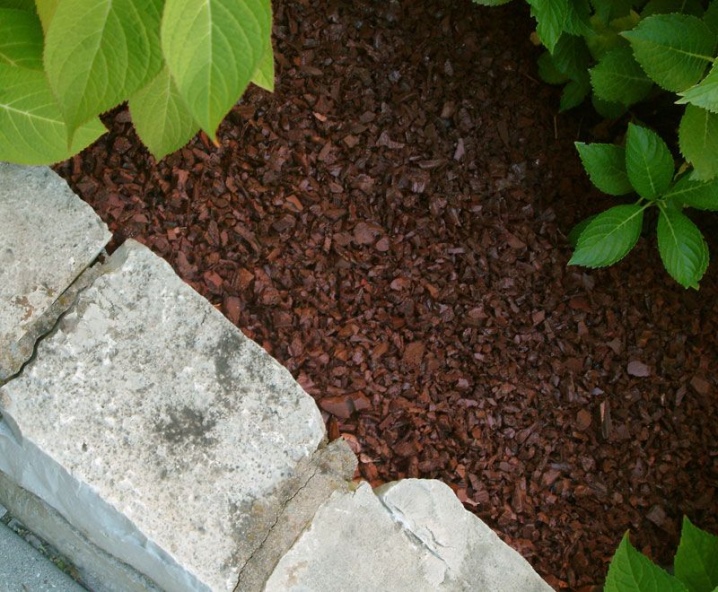
Diseases and pests
Yoshta is subject to the same diseases as regular black currant. But they do not strike hybrid bushes so often. Nevertheless, everyone who wants to breed yoshta should remember about dangerous ailments.
- Anthracnose. The crown of the diseased plant is covered with small reddish-brown spots. In the summer, sick plants are treated with Bordeaux liquid. The second time, the same procedure must be carried out after harvesting. It is recommended to remove all infected branches from the bush.
- Powdery mildew. It is very easy to recognize an ailing plant. Its foliage is covered with an unpleasant white bloom. From the side it seems that the leaves are sprinkled with a thin layer of flour. To fight the disease, the site is treated with Fitosporin several times. If a large number of plants are affected, they can be additionally treated with a solution of copper sulfate.
- Mosaic. The leaves of diseased plants become covered with yellow or brown spots and curl inward. This viral disease cannot be cured. Therefore, the infected bushes can only be destroyed.
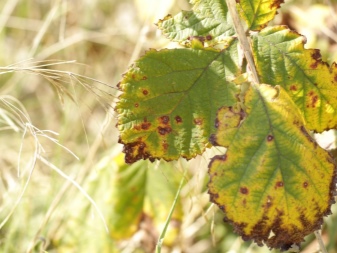
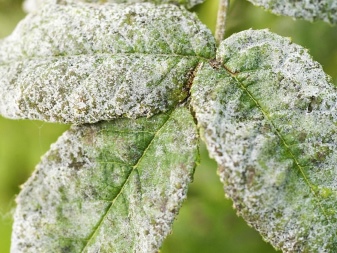
The pests of yoshta and currants are also the same. But the bushes of the hybrid plant are less likely to be attacked by insects. The main reason is that these shrubs are resistant to their effects. To be sure that the insects will not harm the bushes, they can be treated with insecticides. The procedure should be carried out in the spring.
To summarize, yoshta is a hardy plant that does well in all conditions. Therefore, growing it is beneficial even for novice gardeners.
The main thing is to find the right place for planting, as well as not to allow the branches to dry out or become infected.
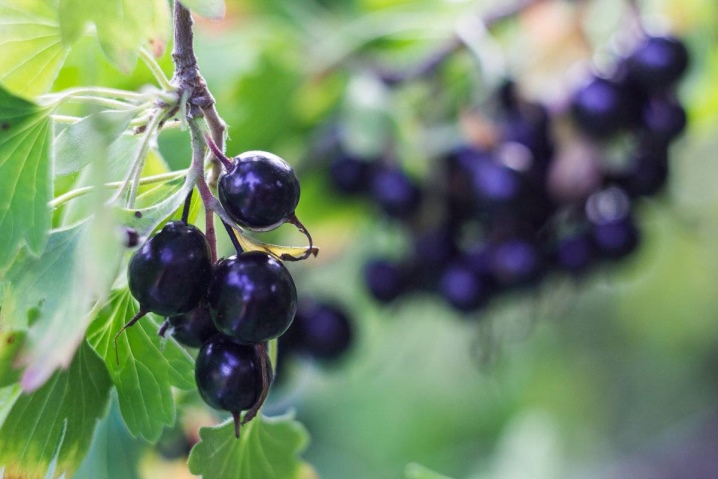













The comment was sent successfully.